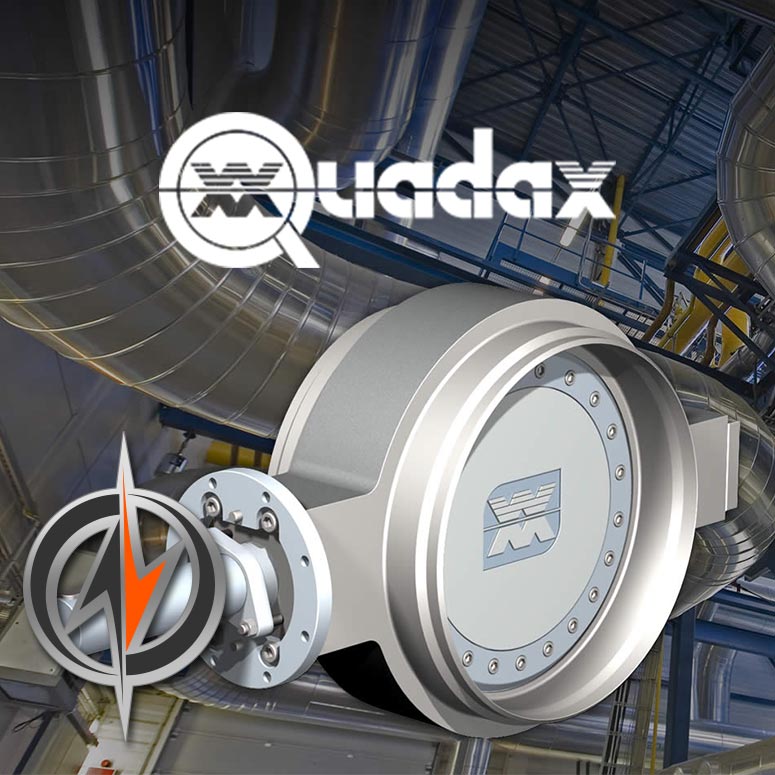
Apollo
Ball Valve Or Butterfly Valve?
Ball valves and butterfly valves do the same job, but there are differences between them. Whether you're designing plumbing, carrying out an installation, or making modifications to an existing system, it's important to use the right type. In the sections below, we'll describe the features of each type before discussing when and where not to use them.
Ball valve basics
The heart of a ball valve is, unsurprisingly, a ball with a hole bored through the center. The ball is fixed to a shaft with a handle at the other end. Rotate this 90 degrees and the flow stops. This is why ball valves are classed as “quarter-turn valves.”
Surrounding the ball is softer material that ensures there's no gap for fluid to flow past. There's also packing material around the shaft to prevent leaks.
Ball valves come in two main types: reduced-bore and full-bore. This refers to the diameter of the through hole. In a full-bore ball valve, the hole is the same diameter as the connected pipes. That prevents any pressure drop through the valve, but it requires a relatively large body. In contrast, in a reduced-bore valve, the ball is the same size as the pipe. This keeps the valve compact but creates a pressure drop.
The butterfly valve
Also a quarter-turn valve, this uses a flat disk to block flow through the pipe. Turning the handle 90 degrees puts the disk parallel to the flow. A butterfly valve always creates some pressure drop because it places a restriction in the flow. In addition, opening a butterfly valve, especially one that's a larger diameter, can take considerable effort. In their favor, butterfly valves are often designed with a very short flange-to-flange distance. This can be useful when space is tight.
Pros and cons
Ball valves are less likely to leak than butterfly valves. In addition, full-bore ball valves don't impose a pressure drop. However, they can seize if not operated regularly. They are a poor choice for throttling applications because flow control is not very precise and the flow tends to wear the seats. (Globe valves are a better choice for flow control.)
Where ball valves score is in higher pressure liquid and gas applications that need a tight seal. They also seal well in high temperature applications. Another feature is that the smooth internal design makes them easy to clean, so they are often used when sterility is needed.
Butterfly valves are widely used in low pressure liquid applications where a little leakage is acceptable. You'll often see them in municipal water and sewage handling systems. They are also common in larger diameter (above 6”) piping systems, although without a pressure equalization bypass, they can be hard to open. Butterfly valves are a poor choice when cleaning and sterility are important because they tend to retain some residual material.
Similar, but different
Ball valves and butterfly valves do essentially the same job. There are some important differences though, so they cannot be treated as interchangeable.
Ball & Butterfly Valves





